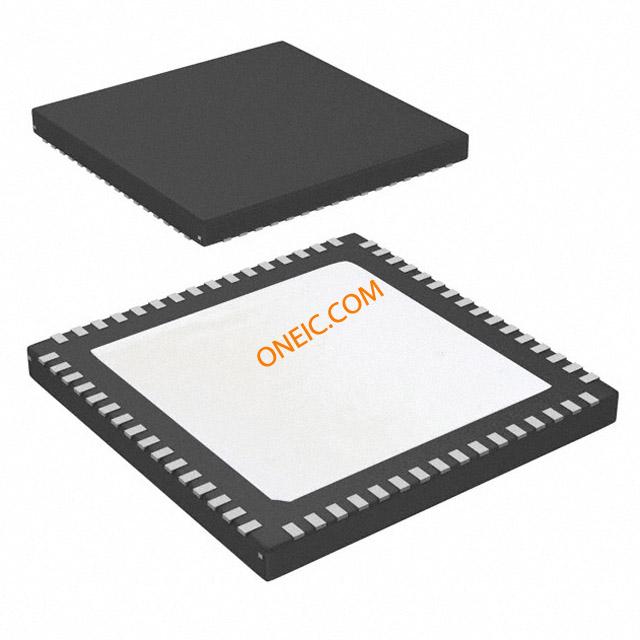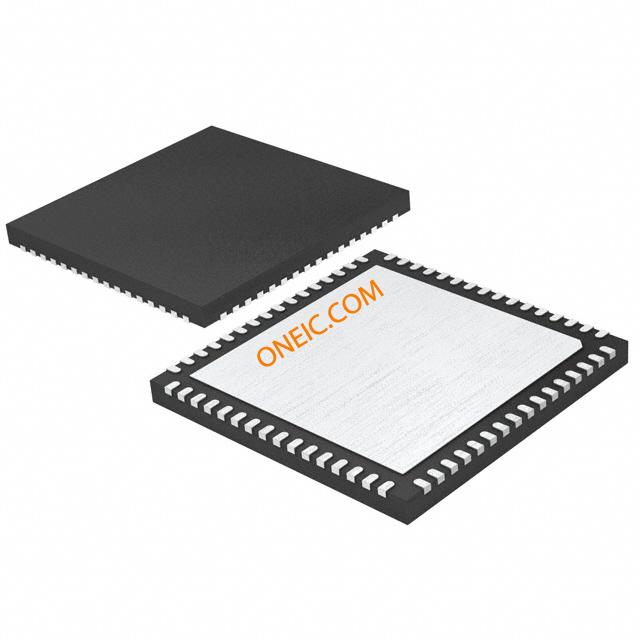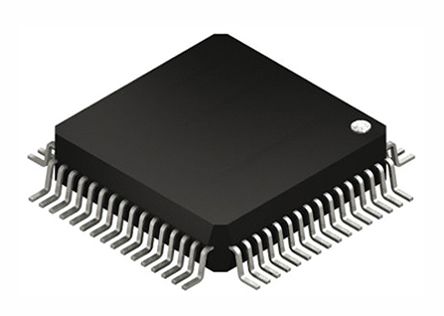EFM32LG330F256
32-bit ARM Cortex M3 microcontrollers with 256KB flash, 32KB RAM, and USB support
Manufacturer: ['silicon-laboratories', 'energy-micro']
series introduction
# EFM32LG330F256 Product Series Introduction
## 1. Overview
The EFM32LG330F256 is a remarkable product series within the EFM32 microcontroller family developed by Silicon Labs. These microcontrollers are engineered to offer high - performance, low - power operation, and a rich set of features, making them suitable for a wide range of applications, from battery - powered devices to industrial control systems.
## 2. Key Features
### 2.1 Low - Power Performance
- **Energy Modes**: The EFM32LG330F256 microcontrollers support multiple energy modes, including EM0 (Active mode), EM1 (Sleep mode), EM2 (Deep Sleep mode), EM3 (Standby mode), and EM4 (Shut - down mode). In EM2, the device can achieve extremely low current consumption, typically in the range of a few microamps. This makes it ideal for battery - powered applications where long battery life is crucial, such as wireless sensors, smart meters, and wearable devices.
- **Peripheral - Driven Wake - up**: The microcontroller allows peripherals to wake up the device from low - power modes. For example, the Real - Time Counter (RTC) can be configured to generate an interrupt at a specific time, waking up the device from sleep to perform a task and then return to a low - power state, minimizing power consumption.
### 2.2 High - Performance Core
- **Cortex - M3 Processor**: It is based on the ARM Cortex - M3 processor core, which offers a high - performance 32 - bit architecture with a maximum operating frequency of up to 32 MHz. The Cortex - M3 core provides excellent code execution speed, efficient interrupt handling, and a rich set of instructions, enabling developers to implement complex algorithms and applications.
- **Memory and Bus Architecture**: The EFM32LG330F256 comes with 256 KB of Flash memory and 32 KB of RAM. The Flash memory is used for storing the application code, while the RAM is used for data storage and processing. The microcontroller also features a high - speed AHB (Advanced High - performance Bus) and APB (Advanced Peripheral Bus) architecture, which allows for fast data transfer between the core and the peripherals.
### 2.3 Rich Peripheral Set
- **Communication Interfaces**: It includes a variety of communication interfaces, such as UART (Universal Asynchronous Receiver - Transmitter), SPI (Serial Peripheral Interface), and I2C (Inter - Integrated Circuit). These interfaces enable the microcontroller to communicate with other devices, such as sensors, displays, and communication modules. For example, the UART interface can be used to communicate with a PC or a modem, while the SPI interface can be used to communicate with a flash memory or a sensor with an SPI interface.
- **Analog Peripherals**: The EFM32LG330F256 is equipped with analog peripherals, including an ADC (Analog - to - Digital Converter) and a DAC (Digital - to - Analog Converter). The ADC has a high resolution of up to 12 bits and can be used to convert analog signals from sensors, such as temperature sensors and pressure sensors, into digital values for further processing. The DAC can be used to generate analog output signals, which is useful for applications such as audio playback and motor control.
- **Timers and PWM Modules**: It has multiple timers and PWM (Pulse - Width Modulation) modules. The timers can be used for various timing functions, such as generating time delays, measuring time intervals, and implementing periodic tasks. The PWM modules can be used to control the speed of motors, adjust the brightness
Images for reference

64-WFQFN Exposed Pad

64-QFN

Image Preview